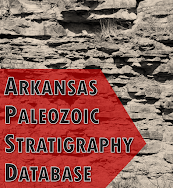Naturally Historical Coins from the UK

Just recently, I found out that The Royal Mint of the United Kingdom is releasing three versions of a newly designed 50 pence coin. These coins celebrate the grandmother of paleontology, Mary Anning. Coincidentally, Anning is the focus of a new film, "Ammonite" also (full disclosure: I've yet to see the film, but it seems to be loosely based on Anning's life, much of which is unknown to us today, particularly her romantic life). These coins bear the illustrations of an two marine reptiles, a Plesiosaurus and an icthyosaur called Temnodontosaurus, and a flying reptile called Dimorphodon. All three lived during the Jurassic Period and were discovered by Anning in the early 1800s. The Royal Mint even offers color imbued and gold versions of these coins for a higher price. After finding out about the Mary Anning coins, I immediately found out that The Royal Mint had also produced three versions of the 50 pence coin featuring dinosaurs in 2019! I immediately opened my wall...






